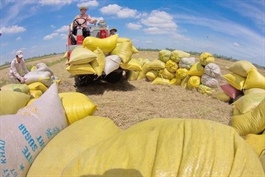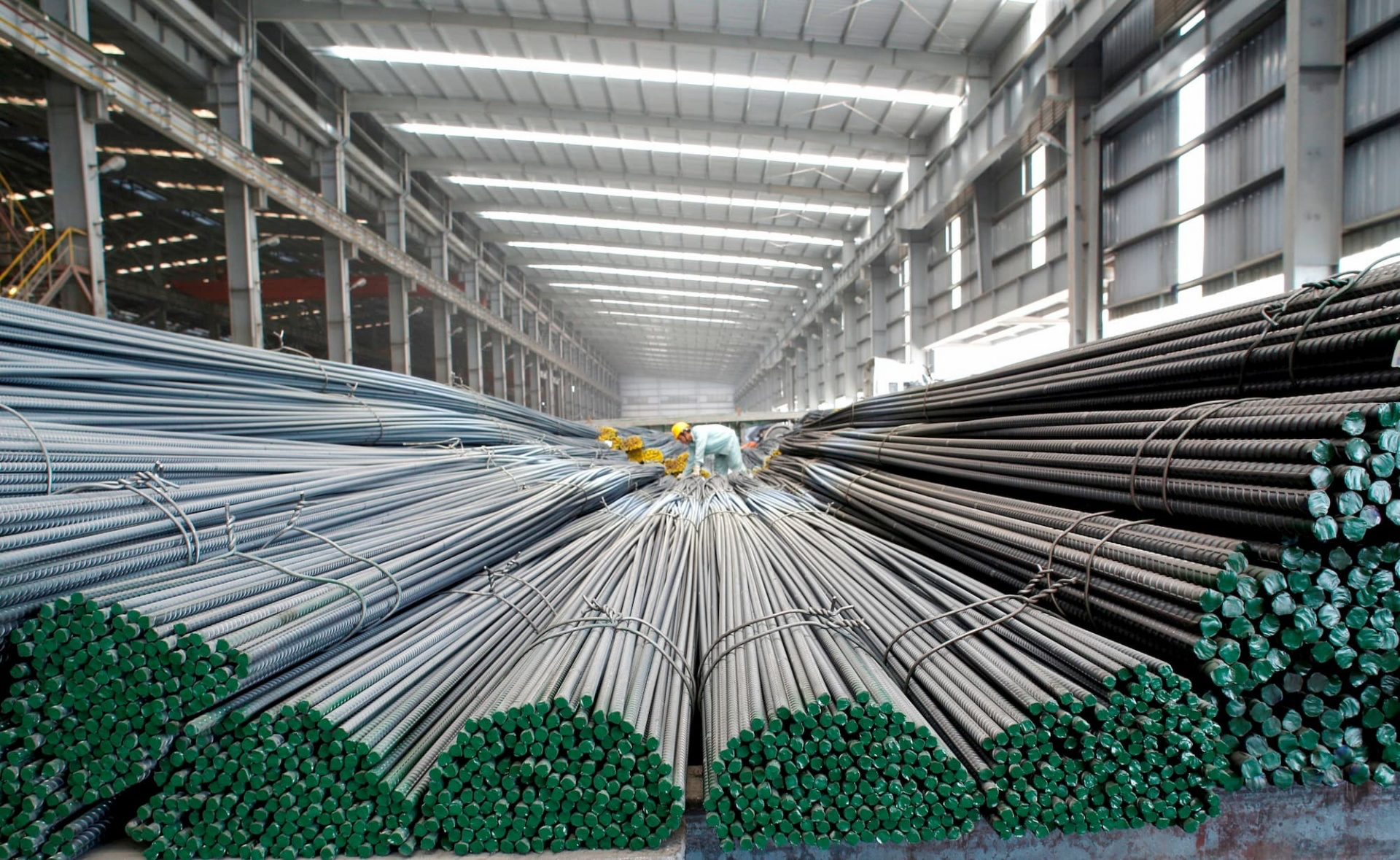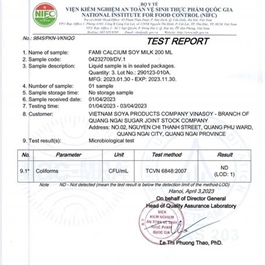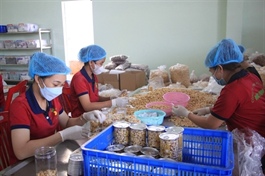Vietnamese rice performance bodes well for export growth
Vietnamese rice performance bodes well for export growth
Vietnam’s rice exports set a 10-year record in 2022, hitting 7.1 million tonnes, yet more needs to be done to ensure optimal performance, according to the Ministry of Industry and Trade.
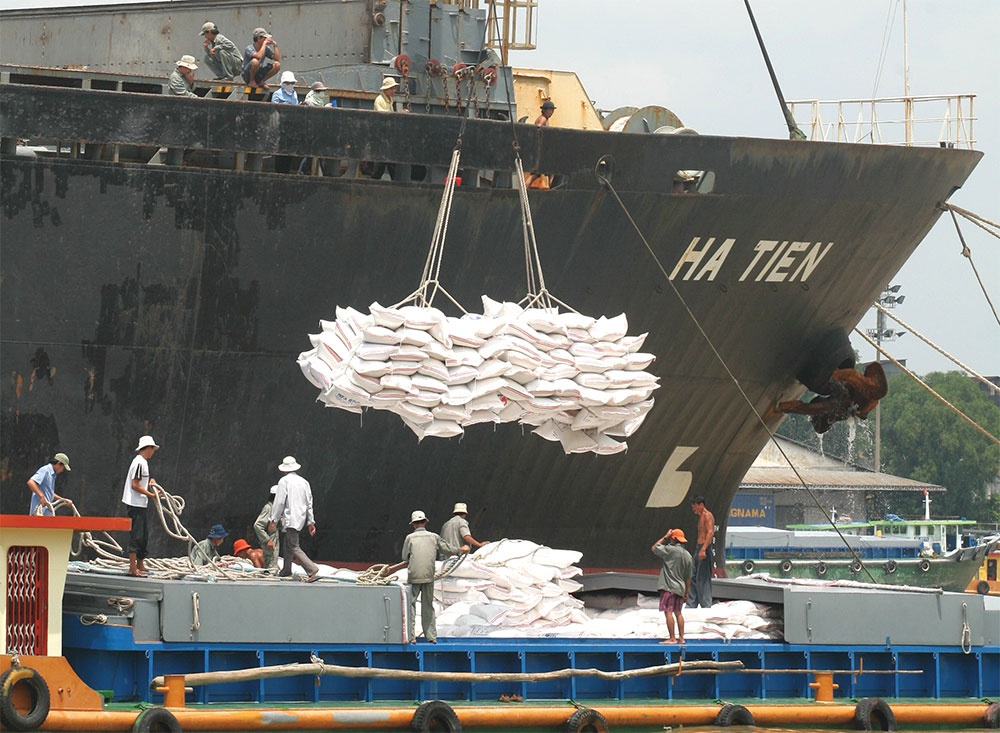
In its latest report to the government, the ministry noted that in 2022 Vietnam counted $3.45 billion in total export value from rice exports, a 5.1 per cent jump on-year. The export price averaged $486 per tonne.
From August 2022 until the year-end, exports of rice containing 5 per cent broken rice reached the highest worldwide, surpassing Thailand’s prices by $15-27 per tonne, and India by $40-50.
The price hike of Vietnam’s rice export lingered in the first two months of this year, averaging $520 per tonne. This explains why the country’s rice export value surged 7 per cent despite a more than 20 per cent decline in volume in January.
Despite headwinds in the global food market, Vietnamese rice has set a firm foothold in markets with stringent quality requirements, such as Japan and the EU.
Fragrant types like ST24 and ST25 have seen their export price surpassing $1,000 per tonne, more than double that of common rice.
Rice production has broadly been streamlined in the direction of lowering output and raising quality, focusing on top-grade varieties that meet the world’s demand, with green production, emissions reduction and increased use of organic fertiliser. This approach has resulted in higher export prices for Vietnamese rice.
Another highlight from last year, was local rice exporters effectively tapping the EU market, with a zero-tariff 80,000-tonne rice export quota granted to Vietnam in light of the EU-Vietnam Free Trade Agreement. In fact, Vietnamese firms exported 94,510 tonnes of rice to the EU market, showcasing how Vietnamese rice has been constantly improving in quality.
Last year, Loc Troi Group, a rice exporter based in the Mekong Delta province of An Giang, managed over 200 per cent growth in rice exports to the EU. In late 2022, Loc Troi received an export order for 400,000 tonnes of rice from the bloc.
The Ministry of Industry and Trade (MoIT) forecasts that rice exports will continue to be favourable this year, with the export volume rising from 6.5-7 million tonnes, as traditional markets such as Indonesia, Bangladesh, and China pick up. In the year to date, rice export orders from China and the Philippines have increased sharply.
In the first two months of this year, China imported 152,640 tonnes of rice from Vietnam, worth $90 million, an 86 per cent jump in volume and 120 per cent hike in value on-year.
The average export price to China sits at $590 per tonne, up 18.3 per cent on-year. Chinese customers have mainly imported high-grade rice varieties from Vietnam, which fetch higher prices.
Pham Thai Binh, CEO of Trung An Hi-tech Agriculture, said that the company has inked an order to export 2,000 tonnes of rice to China, and is now engaged in negotiations for a further 20,000 tonnes.
The Philippines is forecast to import a further 2.8 million tonnes of the 2022-2023 crop, providing great opportunities for Vietnam. While India, the world’s top rice exporter, saw its rice area shed 380,000ha due to drought, rendering further opportunities to rice exporters in Vietnam.
However, there are several challenges facing rice exports this year. Local rice traders are still poor in executing market diversification strategies, with exporters chiefly relying on several markets and the amount of high-grade rice types remains modest.
Phan Van Chinh, director general of the MoIT’s Agency of Foreign Trade, said that although China’s recent reopening was positive for local rice exporters, many difficulties persisted, such as high shipping charges and production costs.
Farmers also need to better meet requirements on pesticide usage and product origin to be able to fully harness the advantages of free trade agreements. “Firms must form alliances to invest in green production to make best use of the EU quota scheme and diverse tariff incentives under other new-generation trade agreements,” Chinh added.




